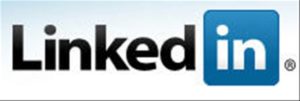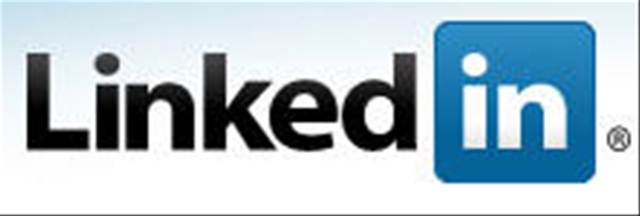 As we all know, there’s a big difference between merely getting started on social media tools and really maximizing them to benefit your business network. Despite being a PR professional, I certainly have been guilty of not paying enough attention to those tools.
As we all know, there’s a big difference between merely getting started on social media tools and really maximizing them to benefit your business network. Despite being a PR professional, I certainly have been guilty of not paying enough attention to those tools.
Simple as these tips might seem, blogger and social media expert Pete Codella reminds us that being thorough and complete on the basics is the first step to LinkedIn success:
1. Complete your personal profile. Perhaps it goes without saying, but completing your own personal profile until it’s 100 percent complete is the first step. In this way you maximize your exposure and the possibility of being connected to colleagues from throughout your career. Plus, LinkedIn is really good at prodding you along, encouraging you to take the next steps to complete your profile.
2. Add applications. After you’ve completed all your résumé fields on LinkedIn, add plugins that will pull content from your other publishing platforms. For example, you can:
• Link your presentations published on SlideShare or Google;
• Share blog posts;
• Show LinkedIn events you have attended;
• Display your Amazon reading list;
• Add private Huddle Workspaces for project collaboration;
• Show polls you’ve asked or answered;
• Use Box.net Files to share content on your profile and collaborate with friends.
3. Join groups. LinkedIn groups and associations help you connect with like-minded individuals and organizations. They help you network and contribute to conversations, providing resources, input and commentary on trending topics. You may also find groups to be a valuable way to prospect for business or a new job. Closed groups can also be used to organize the efforts of a for-profit or nonprofit board of directors.
4. Build connections. Be very, very vigilant about connecting on LinkedIn after every new face-to-face business meeting. A short thank you or kind note after a brief encounter or attendance at the same event will go a long way to help you build a robust social network on LinkedIn. Every time you get a business card—assuming you still get paper business cards—enter the person’s information into your contacts and reach out to that person on LinkedIn.
5. Jobs. Post employment opportunities, and look for work. Need I say more? Not really, but I will say that I think LinkedIn has reached critical mass as the most important general job-seeking resource online.
6. List your company. In addition to a complete personal profile, make sure your company has one on LinkedIn, too. This is where I’ve seen the greatest improvement in LinkedIn capabilities. You can add your company’s Twitter stream, provide a link to your website, display contact and location information, list employment opportunities, showcase products and services and view analytics for engagement with your company listing.
7. Ask questions and provide answers. Like Quora and Facebook Questions, LinkedIn has a section for Answers where you can ask and answer questions. Here’s your chance to be recognized as a thought leader.
8. List your skills. There’s even a Skills & Expertise section where you can input your field of study or profession and have that skill show up on your profile. (This is in beta, so you may not see the skills in your profile just yet). It’s a great way to see the types of skills others espouse and ensure you’re reflecting your expertise on your profile appropriately. You can add up to 50 skills to your profile.

